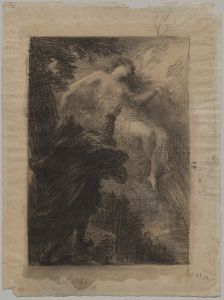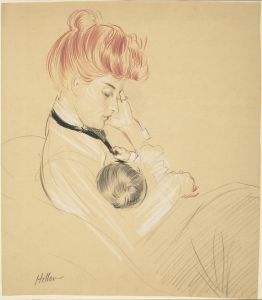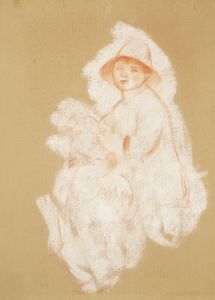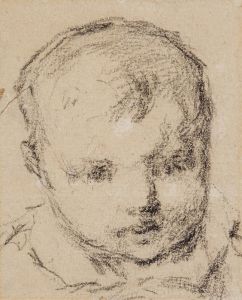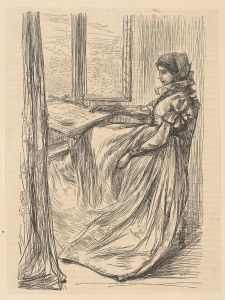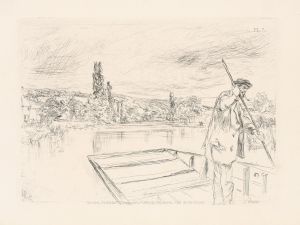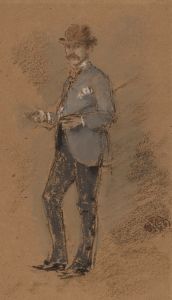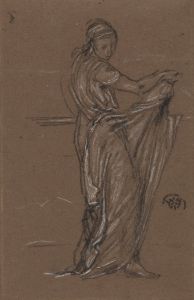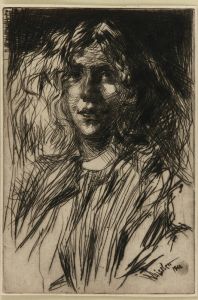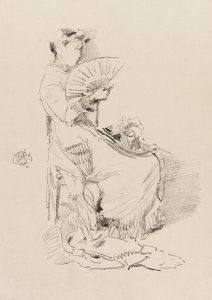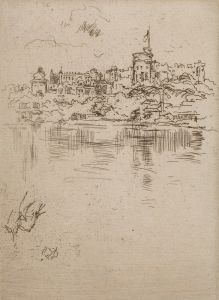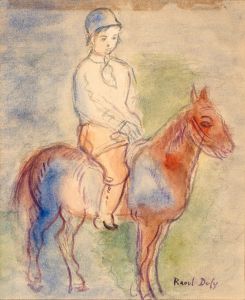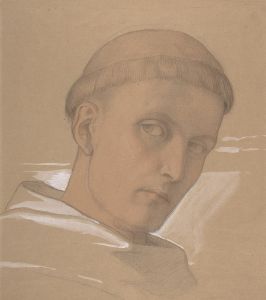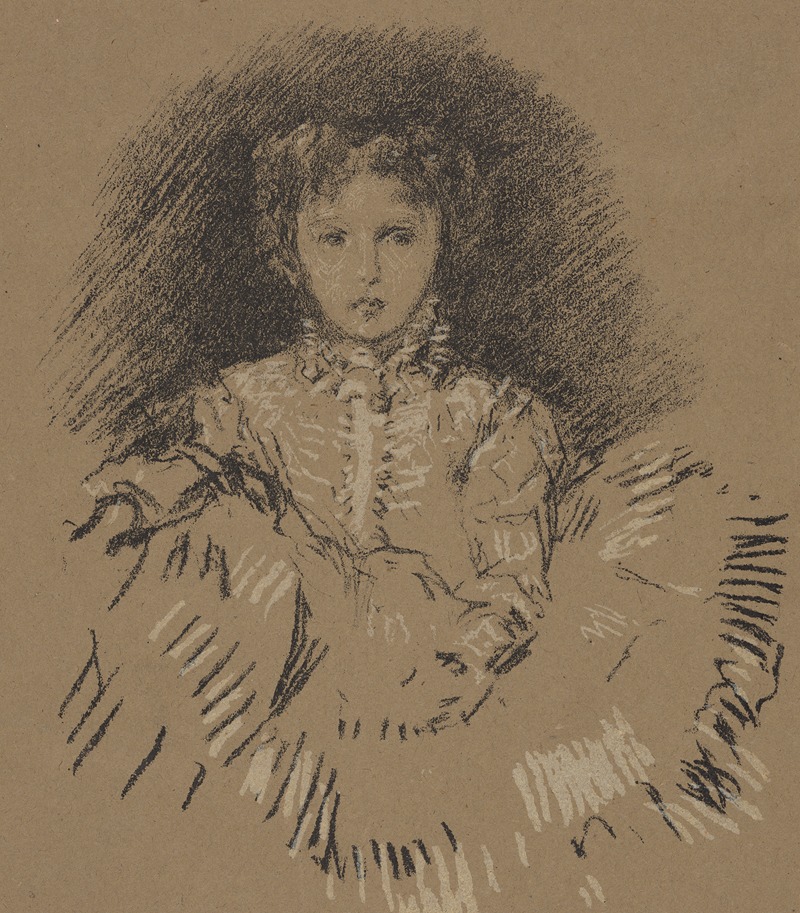
Baby Leyland
A hand-painted replica of James Abbott McNeill Whistler’s masterpiece Baby Leyland, meticulously crafted by professional artists to capture the true essence of the original. Each piece is created with museum-quality canvas and rare mineral pigments, carefully painted by experienced artists with delicate brushstrokes and rich, layered colors to perfectly recreate the texture of the original artwork. Unlike machine-printed reproductions, this hand-painted version brings the painting to life, infused with the artist’s emotions and skill in every stroke. Whether for personal collection or home decoration, it instantly elevates the artistic atmosphere of any space.
"Baby Leyland" is a painting by the American-born, British-based artist James Abbott McNeill Whistler, known for his distinctive style and contribution to the Aesthetic Movement. Whistler, who lived from 1834 to 1903, was a prominent figure in the art world during the late 19th century, celebrated for his innovative approach to painting and his belief in "art for art's sake."
The painting "Baby Leyland" is a portrait of Frederick Richards Leyland's daughter. Frederick Leyland was a wealthy shipowner and art patron, and he was one of Whistler's most significant patrons. The relationship between Whistler and Leyland was both professional and personal, marked by collaboration and, at times, conflict. Leyland commissioned several works from Whistler, and their interactions significantly influenced Whistler's career.
"Baby Leyland" is an example of Whistler's portraiture, which often focused on capturing the essence and character of his subjects with a refined and subtle approach. Whistler's portraits are noted for their delicate use of color, attention to detail, and the ability to convey the personality and mood of the sitter. In "Baby Leyland," Whistler employs a soft palette and gentle brushwork to create a serene and intimate depiction of the child.
Whistler's technique in this painting reflects his broader artistic philosophy, which emphasized harmony and balance in composition. He often used a limited color palette and carefully considered the arrangement of forms within the canvas to achieve a sense of unity and tranquility. This approach is evident in "Baby Leyland," where the simplicity of the composition allows the viewer to focus on the subject's expression and demeanor.
The painting is also indicative of Whistler's interest in the interplay between art and music, a theme that recurs throughout his work. He often titled his paintings with musical terms, such as "symphony" or "nocturne," to suggest a connection between visual art and musical composition. While "Baby Leyland" does not explicitly carry a musical title, the harmonious arrangement and subtle tonal variations in the painting reflect Whistler's ongoing exploration of this concept.
Whistler's work, including "Baby Leyland," was influential in the development of modern art. His emphasis on aesthetic beauty and his rejection of narrative content in favor of visual harmony paved the way for future movements that prioritized form and color over subject matter. Whistler's legacy is evident in the works of later artists who embraced similar principles in their own art.
"Baby Leyland" remains a testament to Whistler's skill as a portraitist and his ability to capture the subtleties of human expression. The painting is part of Whistler's broader oeuvre, which continues to be studied and admired for its contribution to the evolution of art during a pivotal period in history.





